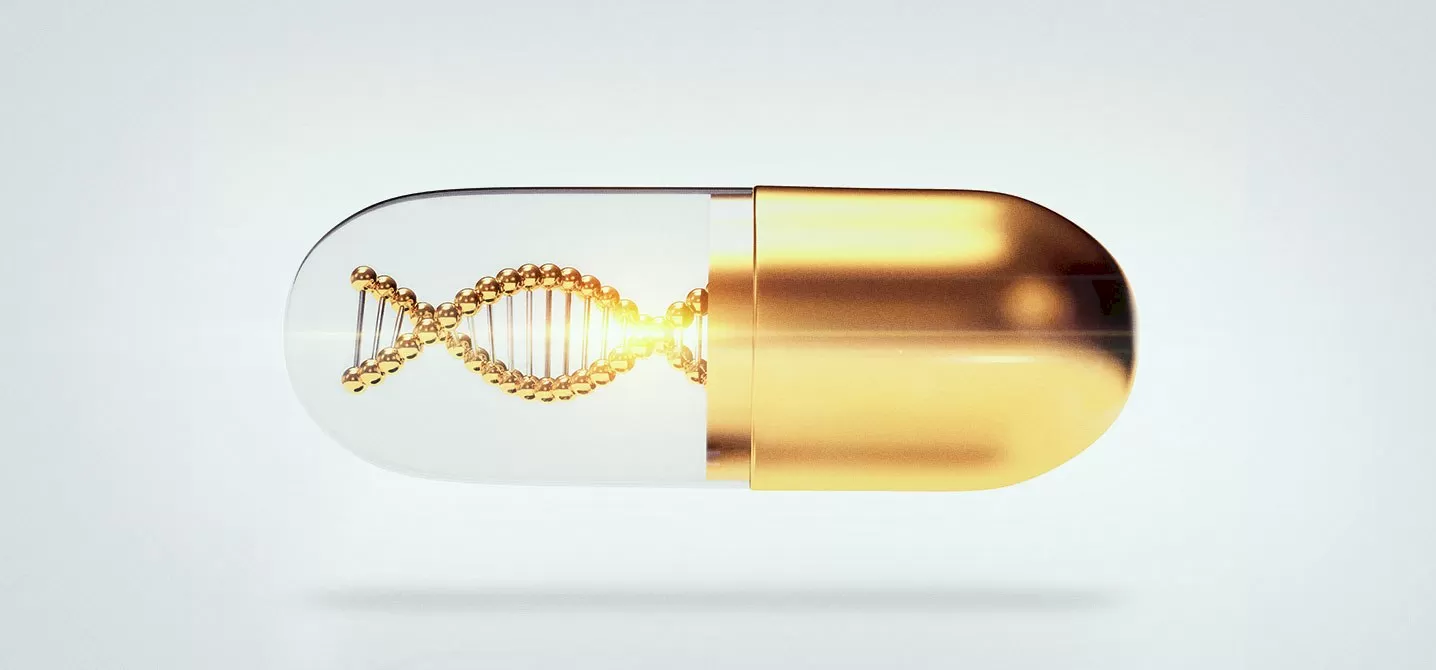Mortgaging the House

Last week RSRT posted on Facebook an article about a gene therapy treatment for “bubble boy disease” commercialized by GlaxoSmithKline (GSK). The one-time treatment is priced at $665,000 and interestingly comes with a money-back guarantee. If the treatment doesn't work as promised, you (or insurance companies) get your money back.
Judging by the comments our post generated the price is, understandably, causing some sticker shock. So let’s do some due diligence. Let’s start by comparing the GSK treatment to other life saving treatments. The National Foundation for Transplants estimates, for example, that a bone marrow transplant costs, on average, $925,000; a heart transplant costs $1.2 million; a double lung transplant costs $1 million and a kidney transplant costs $330,000.
Then there is the long list of expensive drugs for rare diseases that cost many hundreds of thousands of dollars per year. (Note this is per year and not one-time).
Factor in the astronomical cost of caring for our children for their lifetime (special education, equipment, surgeries, hospitalizations, nursing/CNA care, doctor visits, therapies, medications) and $665,000 for a one-time treatment is (almost) starting to sound like a bargain. (Editorial note: we don’t yet know what a gene therapy treatment for Rett would cost or how dramatically it would impact the symptoms.)
Industry, investors, scientists and clinicians have all been thinking about how to price one-time gene therapy treatments fairly. Given the number of gene therapy companies that are launching and the billions of dollars that investors are pumping into them, I suspect this is a problem that they anticipate will be resolved.
If a Rett gene therapy treatment dramatically improved our girls’ lives there is the expectation that insurance companies in our respective countries will cover it. There may be lobbying and perhaps some battles ahead to make this happen but, in my opinion, that is not a battle for today.
Today our focus should not be on price and insurance companies but rather on ensuring that we will have a gene therapy treatment. This is why RSRT launched the Gene Therapy Consortium in 2014, with a goal of moving gene therapy as efficiently and quickly as possible to the clinic. The four member labs of the Consortium have made significant progress towards this goal.
What has made this progress possible? The more than $3 million that RSRT has invested in the Consortium and in gene therapy projects that led to the Consortium’s launch. Every dollar of that $3 million was contributed by a donor who knows a Rett family—by people who were inspired to give by an affected family that held an event or fundraised for us in other ways. We have those families and their friends to thank for where we are today.
The Consortium has made promising progress, but we have work ahead to get us to the clinic. Many of the comments on last week’s post and those shared with me via email and phone calls went something like this: “I would mortgage my house to get my child a gene therapy treatment.” I’m right there with you, but I want to say that the time for families to act is not in the future when gene therapy is an effective treatment for Rett. The time to act is now, as we are at a critical juncture in getting gene therapy to where it can be a treatment. The last step can’t happen until we take the research steps now that will get us to the last step. I’m not asking anyone to mortgage their house, but I will ask that you take to heart the feeling behind the comments and please consider helping RSRT raise the funds that we need to get us there.
The best chance we have of getting to a gene therapy treatment for our children is to continue to aggressively fund the most advanced gene therapy Rett program: our Consortium.
Who wants to help us?


